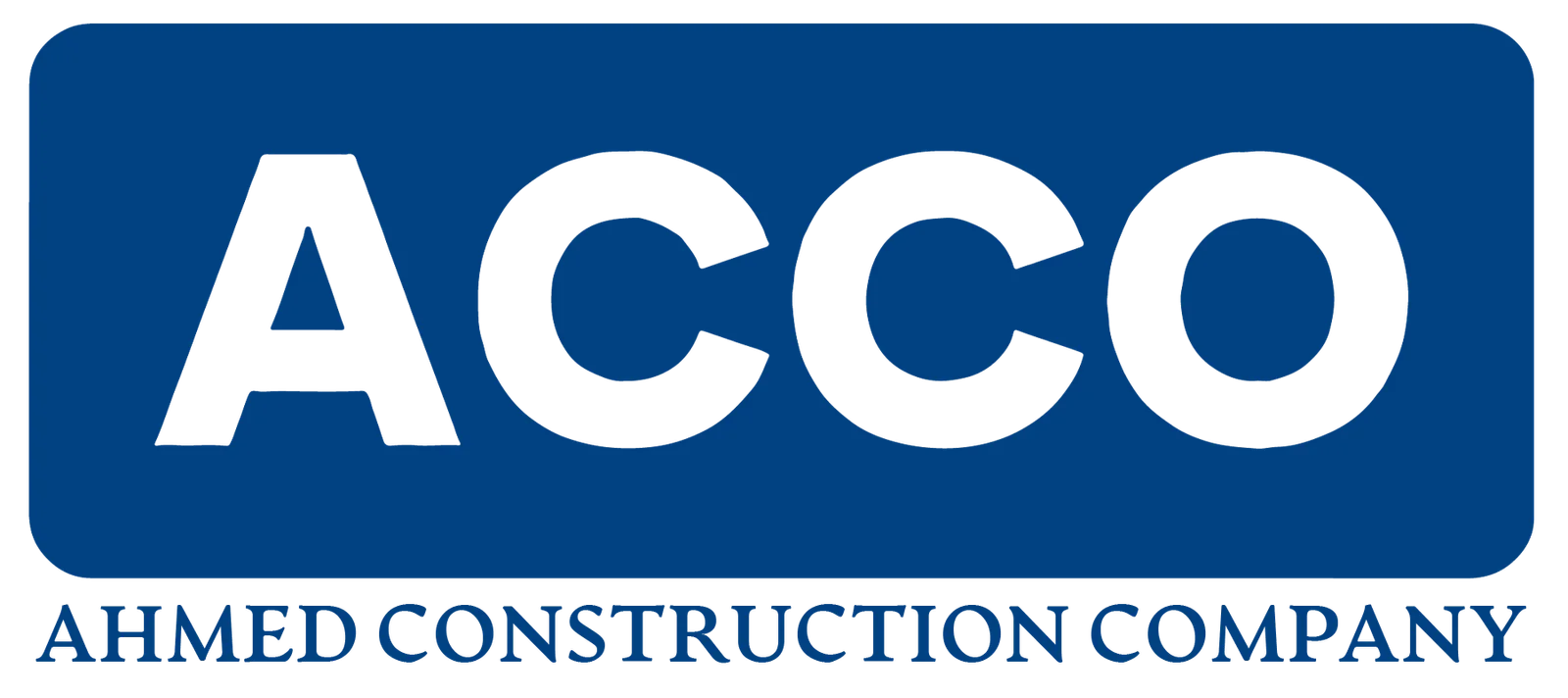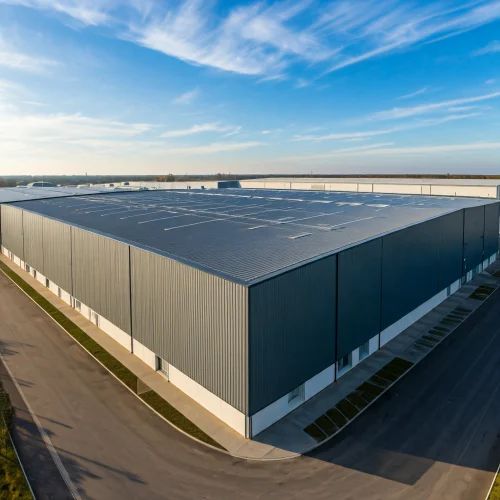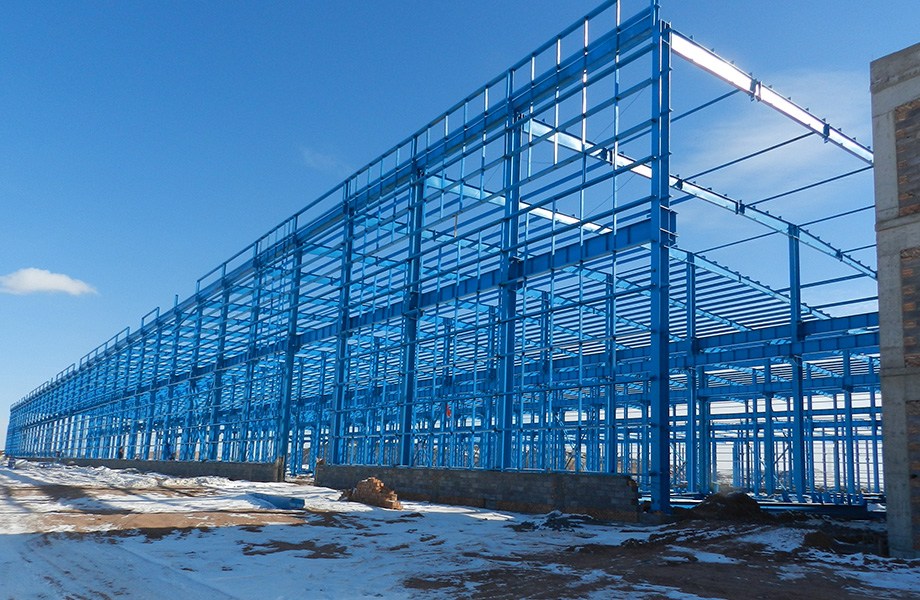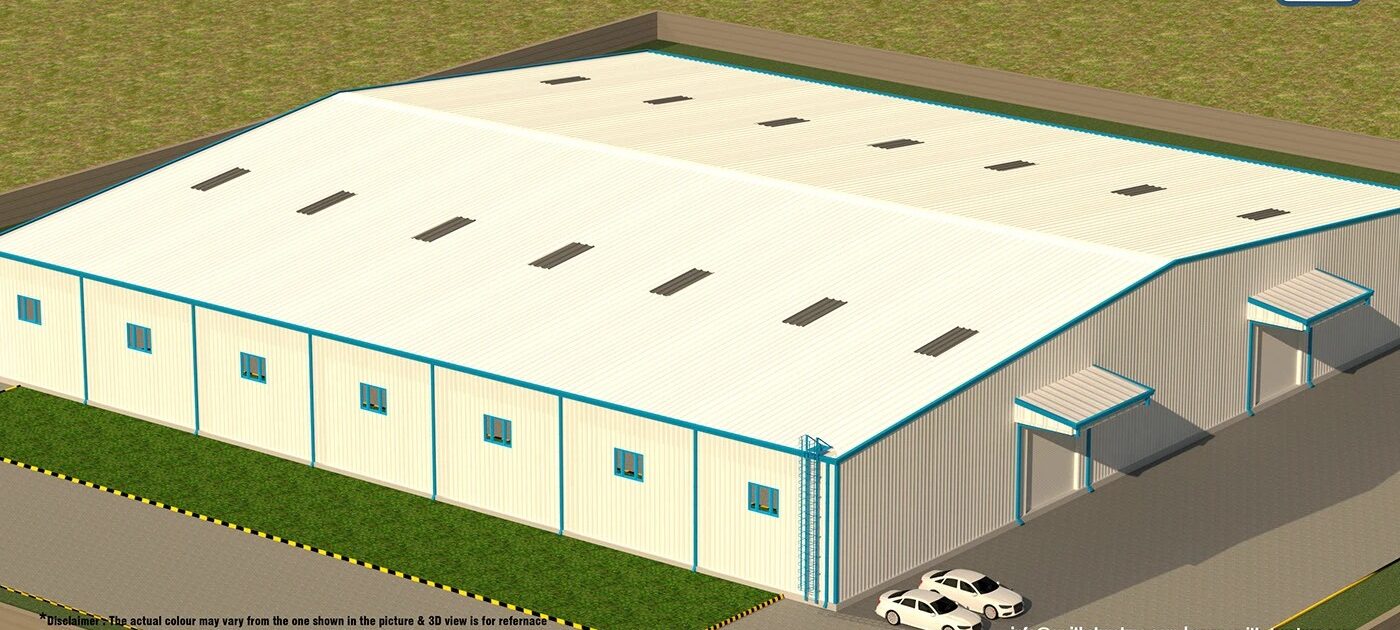
PEB vs RCC: The Truth Industrial Owners Must Know Before Building | ACCO Engineering (2025 Guide)
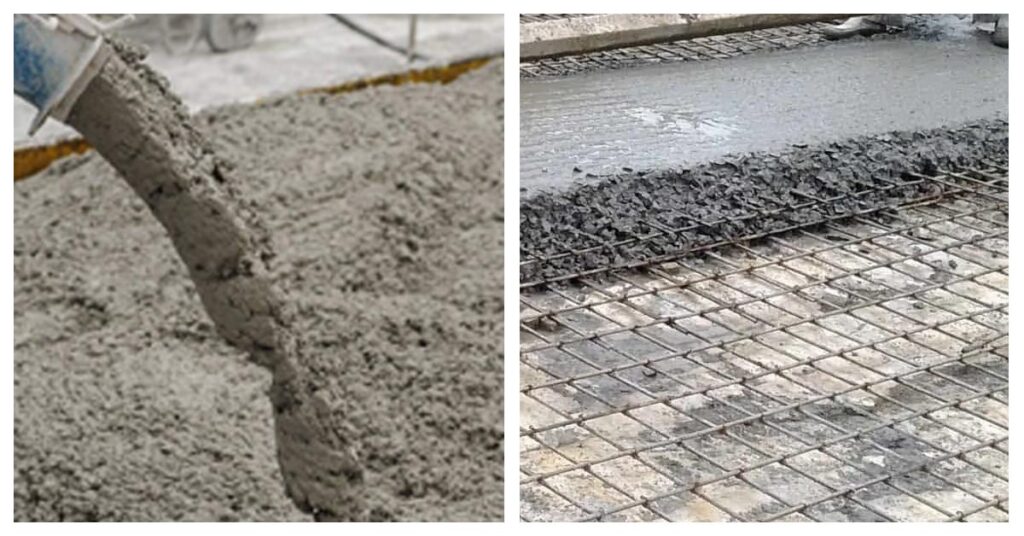
Introduction to ACCO Engineering
ACCO Engineering is Pakistan’s leading company specializing in Pre-Engineered Buildings (PEB), industrial steel structures, warehouse construction, cold storage solutions, and turnkey factory development. Based in Lahore, ACCO Engineering delivers modern, fast, and cost-effective industrial construction solutions across Pakistan.
With decades of professional experience and hundreds of completed steel structures, ACCO Engineering is trusted by manufacturing units, logistics companies, textile mills, pharmaceutical plants, and agricultural warehousing operators.
Our core expertise includes:
Pre-Engineered Steel Buildings (PEB)
Industrial Warehouses
Cold Storage Structures
Factory Buildings
Steel Sheds & Logistics Facilities
Turnkey Industrial Design & Construction
Heavy Industrial RCC Structures (where required)
Today’s industrial owners are confused between two major construction systems:
Pre-Engineered Buildings (PEB) vs Reinforced Cement Concrete (RCC).
This blog explains the truth—what is the right choice in Pakistan’s industrial environment, cost, time, durability, and long-term performance.
Introduction to the Topic: PEB vs RCC — Why This Comparison Matters
The debate of PEB vs RCC has become one of the most searched topics in Pakistan’s construction industry, especially after the rising demand for:
Warehouses
Industrial sheds
Cold storage buildings
Manufacturing plants
Godowns
Logistic hubs
Textile and packaging units
Industrial owners want:
Faster construction
Lower cost
Long-term durability
Flexibility for future expansion
Traditional RCC buildings are strong but slow and expensive.
PEB steel structures are modern, efficient, and 3X faster to construct.
This blog provides a complete comparison, based on Pakistani industry conditions, cost trends, and real-world performance.
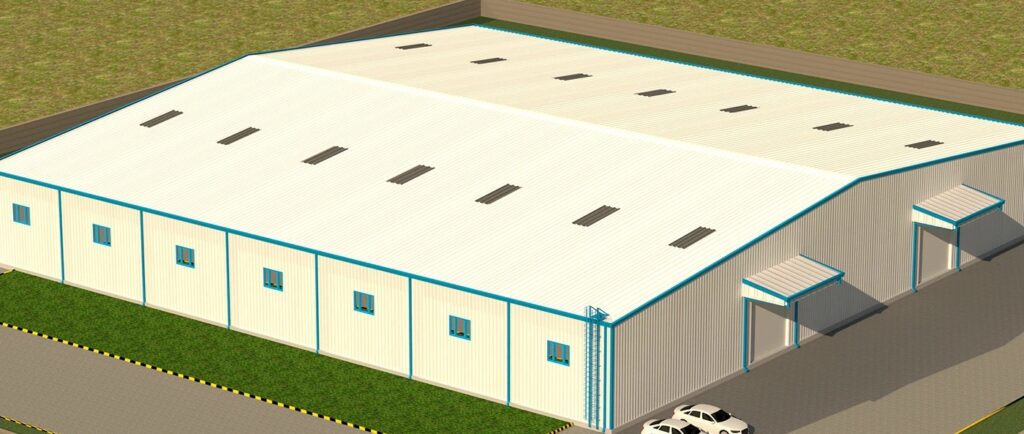
Understanding PEB and RCC
What is PEB (Pre-Engineered Building)?
A PEB is a steel structure manufactured in a factory and assembled on-site.
It includes:
Primary steel frames
Secondary members (purlins/girts)
Roof & wall sheeting
Bracing system
Bolted connections
Key Features of PEB:
Lightweight steel structure
100% factory fabricated
On-site installation without welding
Low maintenance
Best for large spans (40ft–250ft)
What is RCC (Reinforced Cement Concrete)?
RCC is a traditional construction system based on:
Concrete columns
RCC beams
Slabs
Masonry walls
Key Features of RCC:
Very strong and durable
Best for multi-storey buildings
More expensive
Time-consuming construction
PEB vs RCC (Full Technical Comparison)
1. Construction Speed
PEB:
3–4x faster
100% factory manufacturing
Only bolt-to-bolt assembly
A 50,000 sq ft warehouse erects in 45–60 days
RCC:
Very slow
Curing time required
Labour-intensive
Same warehouse takes 8–12 months
Winner: PEB
2. Cost Comparison
PEB Cost in Pakistan (2025):
Rs. 1,400–2,400 per sq ft depending on height & design
No shuttering or curing cost
Lower labour cost
Lower foundation cost
RCC Cost in Pakistan (2025):
Rs. 3,200–5,000 per sq ft
Requires heavy foundations
Higher labour cost
Additional finishing & plaster cost
PEB saves 30–40% compared to RCC.
Winner: PEB
3. Structural Strength
PEB:
Flexibility in seismic zones
High wind resistance
No cracks or shrinkage
High tensile steel
RCC:
Heavy and rigid
Performs well under compression
Can crack under seismic loads
Requires maintenance
Winner: Depends on project type
(PEB better for industrial; RCC better for multi-storey buildings)
4. Span Capacity
PEB:
Clear spans up to 250 ft
No internal columns
Maximum usable area
RCC:
Span limited to 25–35 ft
Requires internal columns
Winner: PEB
5. Maintenance
PEB:
Minimal
Only repaint after 10–12 years
No plaster, no leakage issues
RCC:
Plaster cracks
Leakage & seepage issues
Structural maintenance needed
Winner: PEB
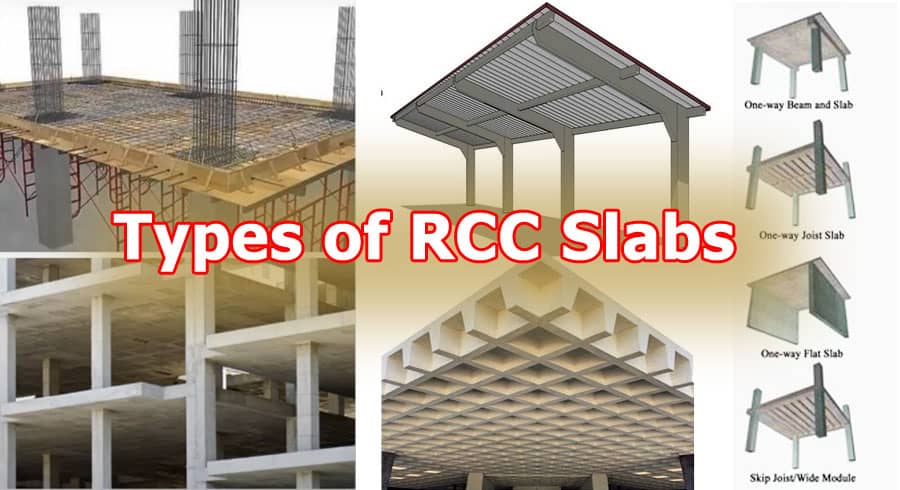
6. Flexibility & Future Expansion
PEB:
Expansion-friendly
Add a new bay anytime
Easy modifications
RCC:
Extremely difficult to expand
Expensive alterations
Requires demolishing walls/columns
Winner: PEB
7. Environmental Impact
PEB:
Recyclable steel
Less waste
Controlled fabrication
RCC:
High carbon footprint
Excessive material waste
Heavy use of cement
Winner: PEB
PEB vs RCC Comparison Table
| Feature | PEB | RCC |
|---|---|---|
| Construction Time | 45–60 days | 8–12 months |
| Cost | Low | High |
| Strength | Flexible & tensile | Rigid & compressive |
| Span | Up to 250 ft | 25–35 ft |
| Foundations | Light | Heavy |
| Expansion | Very easy | Very difficult |
| Maintenance | Minimal | High |
| Earthquake Resistance | Excellent | Moderate |
| Best Use | Industrial | Multi-storey |
Which One Should You Choose? (The Truth Industrial Owners Must Know)
Choose PEB If:
You need fast construction
You need a large clear span warehouse
You need future expansion
You want lower cost
You want modern industrial architecture
You want low maintenance
You need large ventilation and skylights
PEB is the best solution for:
Warehouses
Factories
Cold storage
Logistic hubs
Workshops
Agricultural storage
Choose RCC If:
You need multi-storey construction
You need a basement
You need extremely heavy load-bearing floors
RCC is best for:
Plazas
Hospitals
Multi-storey buildings
Residential buildings
Pros and Cons of PEB
Pros
Fastest construction system
Lower cost
Large span with no columns
Future expansion friendly
Earthquake resistant
Cleaner, modern design
Cons
Steel price fluctuations
Requires technical engineering
Not preferred for multi-storey
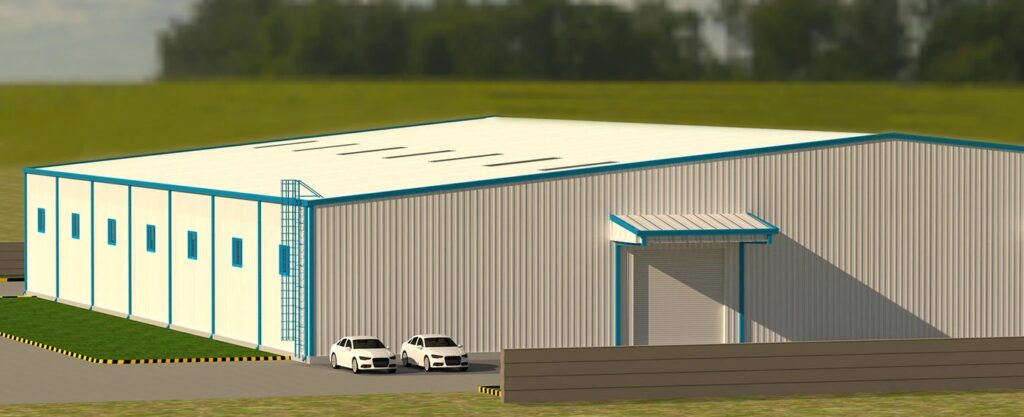
Pros and Cons of RCC
Pros
Very strong and durable
Multi-storey friendly
High fire resistance
Cons
Very slow
High cost
Cracks, leakage, dampness
Hard to expand
Heavy foundations
Frequently Asked Questions (FAQs)
1. Which is cheaper: PEB or RCC?
PEB is 30–40% cheaper than RCC in Pakistan.
2. How long does a PEB take to build?
A 20,000–50,000 sq ft building takes 45–60 days.
3. Is PEB durable for industrial use?
Yes. PEB lasts 40–50 years with minimal maintenance.
4. Can RCC be used for large-span industrial buildings?
No. RCC cannot support large spans without columns.
5. Is PEB approved by Pakistani authorities?
Yes. Pakistan’s industrial zones and SEZs allow PEB structures.
Internal Links (ACCO Website)
(You can add your actual URLs)
House Construction in DHA Lahore
Commercial Plaza Builders Lahore
Industrial Warehouse Construction Pakistan
PEB Buildings in Lahore
Turnkey Construction Services
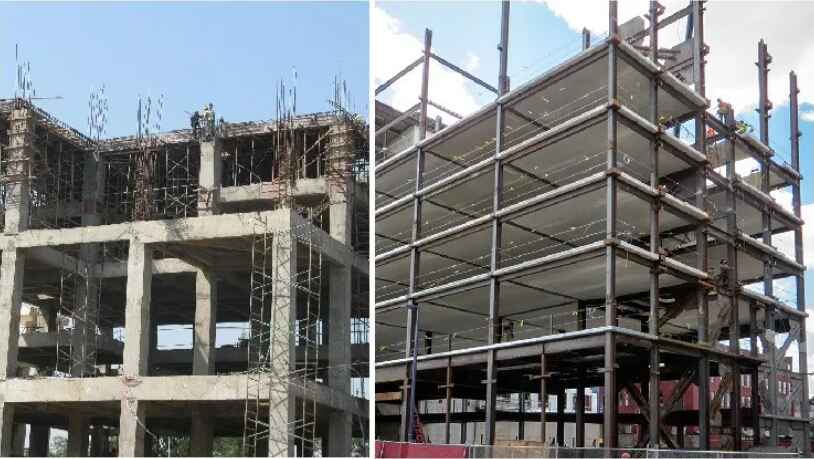
External Links (High Authority Sources)
construction.gov.pk — Pakistan Construction Guidelines
DAWN News — Infrastructure Updates
ArchDaily — Global Steel Building Trends
PHC & Building Codes Pakistan
WHO Safety & Industrial Standards (for environment-friendly structures)
Final Verdict
In Pakistan’s industrial climate—where time, cost, and efficiency matter—PEB is clearly the superior choice for factories, warehouses, and logistics buildings. RCC is a strong system but is only suitable for conventional multi-storey buildings.
Industrial owners who need modern, fast, and expandable construction should always choose PEB.
ACCO Engineering provides complete turnkey PEB solutions, including design, fabrication, installation, MEP, and finishing.
Call to Action (CTA)
Ready to build your industrial project?
Contact ACCO Engineering for a free consultation, design proposal, and cost estimation.
📞 Phone / WhatsApp: 0322 8000190
🌐 ACCO Engineering — Pakistan’s No.1 PEB Specialists
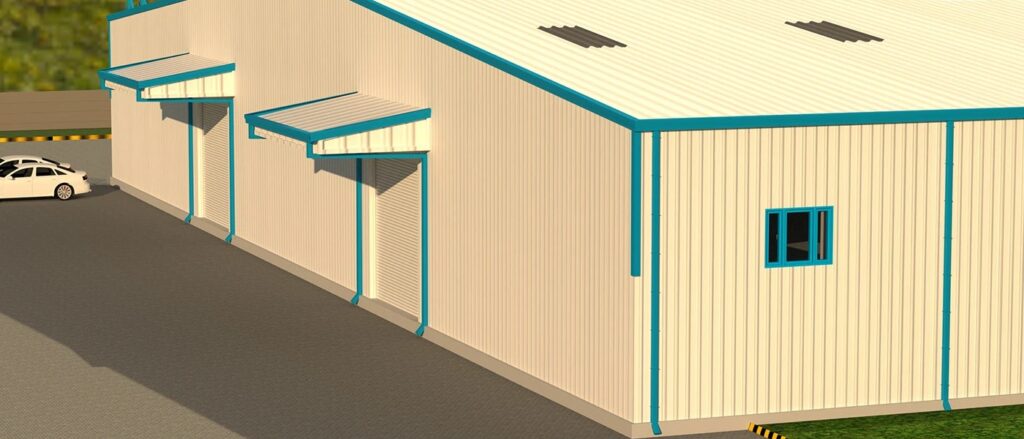
Related Posts
Post a Comment cancel reply
You must be logged in to post a comment.
